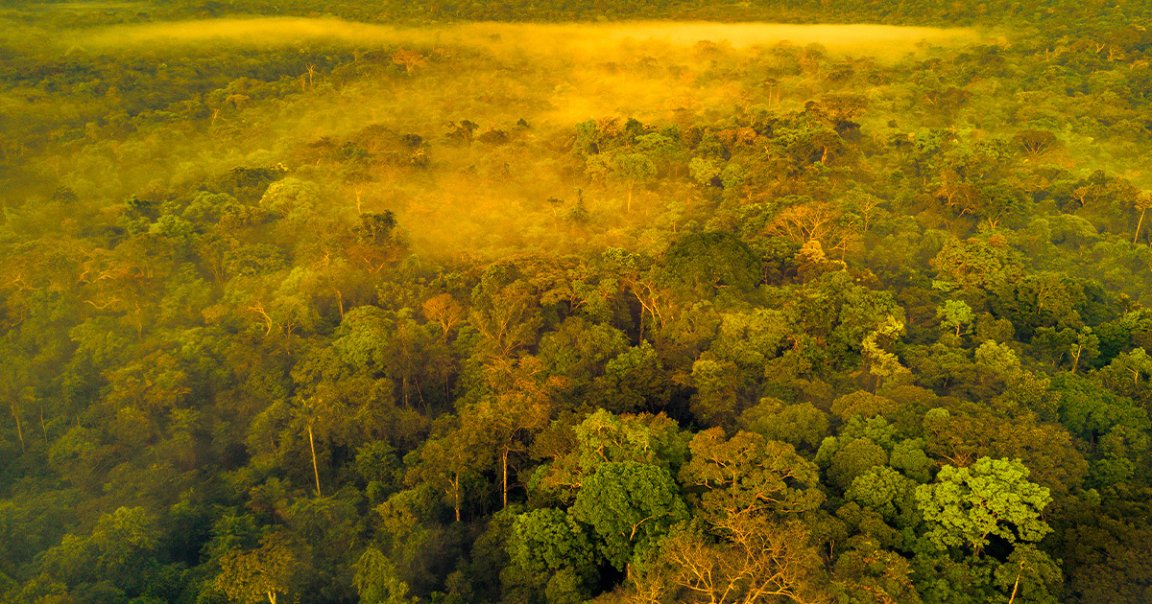
Unearthed City
Archaeologists have discovered the ruins of ancient cities in the Amazon rainforest believed to be over two thousand years old.
Located in a region called the Upano Valley in eastern Ecuador, these settlements are part of an intertwining network of roads, canals, and elevated earthen platforms that span over 115 square miles. Radiocarbon dating shows that the settlements were built around 500 to 300 BCE, The New York Times reports, and that people lived there for perhaps a thousand years, or until around 600 CE.
These findings, published as a study in the journal Science last month, offer some of the best evidence yet in upending a long held belief that Indigenous people never formed large settlements in the Amazon.
“It’s a huge contribution to Amazonian archaeology,” José Iriarte, an archaeologist at the University of Exeter who was not involved in the study, told the NYT. “We have this major, idiosyncratic cultural development.”
Lidar ‘Em Up
Finding anything in the Amazon, let alone ancient ruins, isn’t easy. The jungle’s dense canopy blocks anything from being seen from above, and slowly accumulating layers of Earth could have long buried any ancient structures.
To uncover them, the researchers used ground penetrating technology called lidar, short for light detection and ranging. Shooting a lidar sensor from an airplane above, they uncovered more than 6,000 earthen platforms.
These platforms range from providing mounds for houses to forming elevated roadways. Advanced agricultural techniques are also evident, such as canals to manage the region’s heavy rainfall.
“It really shows us that there are many more ways of living in the Amazon in the past than we used to consider in archaeology,” Eduardo Neves, an archaeologist at the University of São Paulo who was not involved in the study, told the NYT.
Empty No More
Estimates regarding the area’s population are varied. In general, archaeologists think that at its peak the site could’ve been home to at least 10,000 people, with others putting it as high as 30,000. Those are impressive numbers, comparable to the population of Roman-era London, The Guardian reported.
Still, these significant settlements went overlooked for centuries, as the belief that the Amazon was historically empty took hold. Today, archaeologists attribute this misconception to the decimation of the Indigenous population by European colonizers, the NYT noted, as well as the region’s lack of access to the stone thought to be needed to build large structures — when in reality, the Indigenous builders used soil.
Neves, whose work was referenced in the study, believes that the work isn’t just a boon for archaeology, but for the preservation of the threatened rainforest.
“Some of the destruction is based on the idea that the Amazon has never been really settled in the past, that there were never many people there, that it’s kind of up for grabs,” he told the NYT. “I think this kind of work… is really important because it adds to the evidence showing the Amazon wasn’t an empty place.”
More on archaeology: Scientists Find Structure From Before Homo Sapiens Existed